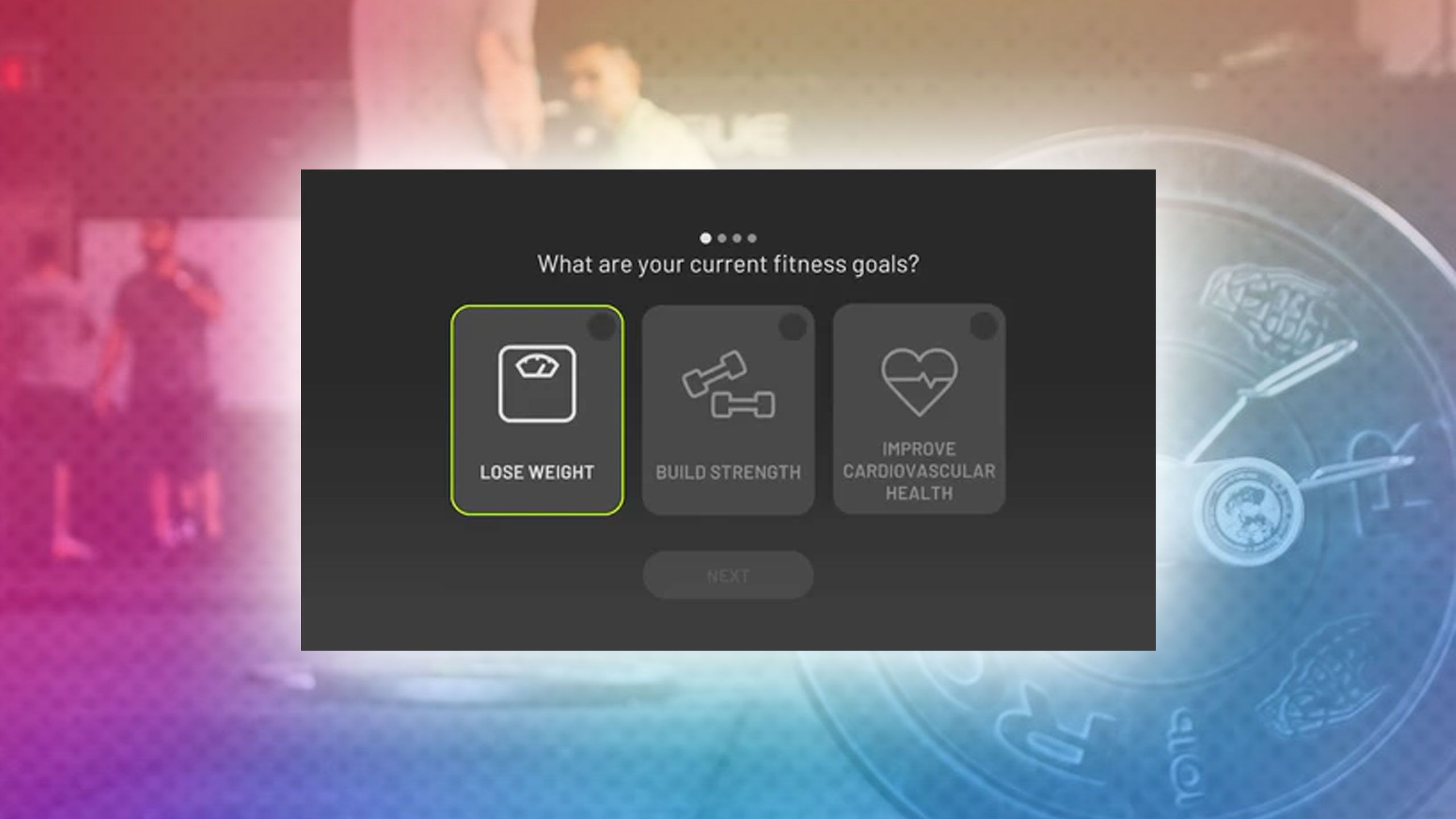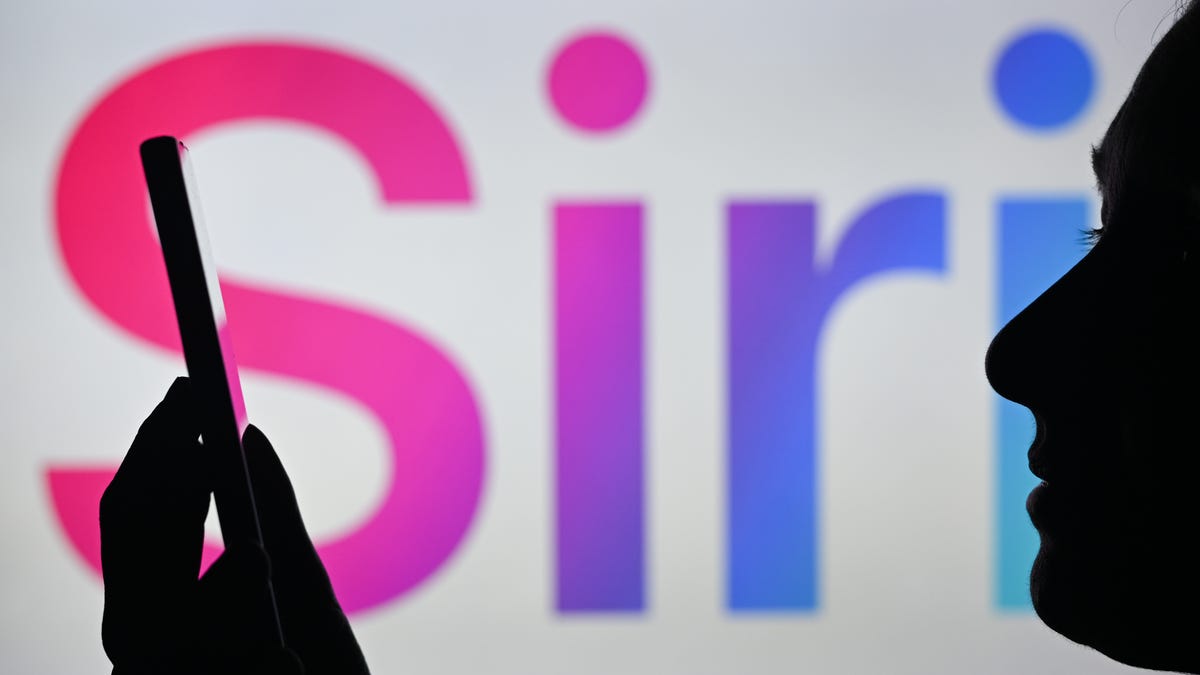Bussiness
Cardless Business Trips Are Coming Sooner Than You Think

Everyone hates filing tedious corporate travel expense reports. Mastercard’s virtual mobile credit card app—think burner phone for your digital wallet—is designed to make the process easier for both employers and employees.
Mastercard launched “In Control Pay,” a mobile virtual card app to simplify travel and business … [+]
Is this the end of expense reporting as we know it? Imagine if purchases on your cell phone could be captured and automatically populated into your corporate travel expense platform. We have rockets. We have Saran wrap. Why are we still messing around with paper receipts, itemization, product codes and plastic cards?
According to those who’ve already adopted virtual mobile card technology, there is no reason to do it that way. The old way.
Mastercard is one major credit card company ushering in the new. In April, it launched its own proprietary app called “In Control Pay,” designed to simplify travel and business expenses by making it easier for legacy payment systems to adopt virtual commercial cards with pre-set spending limits and tap-and-go functionality. The idea is to ditch physical corporate credit cards, and replace them with virtual commercial cards which can be added to digital wallets. Think of it like a burner phone for your digital wallet.
This has been a decade in the making, according to Chad Wallace, Global Head of Commercial Solutions at Mastercard. Having previously worked at Goldman Sachs as the head of digital for transaction banking, Wallace is now running the corporate payments business at Mastercard. Forbes caught up with him for a demo of the app at the company’s tech hub on 5th Avenue in Manhattan:
Chad Wallace, Global Head of Commercial Solutions at Mastercard speaks with Forbes reporter Jennifer … [+]
“The first virtual card was actually created in the consumer space, and we started pioneering that technology about 10 years ago,” Wallace explained. “We started using it in the accounts payable space to start off with. Rather than sending a check, or cash to pay an invoice—we generate a 16-digit credit card number that’s used for that specific transaction. In that scenario, companies can easily pay suppliers. It’s less paperwork, it’s faster, more secure instant payment. Meanwhile, there’s this entire digitization of the way that people are paying. Every day I walk around New York City and tap to pay. Why shouldn’t I be able to do that as a business traveler as well?”
Mastercard has been selling mobile payments technology for nearly a decade to other financial institutions that white label its API (Application Programming Interface) and use it to package payment products. Mastercard declined to report which banks use its virtual card software, but for a sense of scale, it’s notable that the company isn’t just selling virtual cards. Mastercard is operating the world’s largest payments-focused consulting business, with more than 3,000 consultants in the field.
Today, more financial institutions than ever are offering virtual cards including JPMorgan Chase’s Virtual Card, Visa Commercial Pay, Citi’s Travel Agency Card and American Express Virtual Cards. Almost universally, these companies see virtual cards in mobile wallets as ‘the next frontier’ for business payments. Regardless of the use case (business trips are just one), the challenge for these providers is to get B2B adoption to catch up to consumer adoption, which is already mainstream.
According to the latest research from Statista, mobile payments with digital wallets via Apple Pay, PayPal, or Alipay are predicted to be “the fastest growing payment method throughout the world.”
“If you take a look at where consumer digital wallets are going across Asia, you see just a massive adoption happening across different regions and I just think this is where the future is going,” added Wallace. “As an employee, you should have a consumer-grade experience. And the things that you have in your consumer life should really drive the way that your business life should be managed as well. Now, the big push is: how do we create that consumer-grade experience in B2B?”
Mobile virtual cards are already being used in the ecosystem, perhaps more than most people realize. And by being “bank agnostic,” Mastercard is accelerating the pace of adoption. Here’s how it works: Participating financial institutions will enroll their corporate clients into the program. Users who receive a virtual card issued by that financial institution will get an invitation to register and download the App. This app can be used wherever Mastercard contactless payments are accepted.
HSBC Australia and Westpac, an Australian financial services company, are the first financial institutions to offer customers mobile wallet functionality through Mastercard’s In Control Pay app. Australia is, after all, closer than most developed nations to becoming a cashless society. Additionally, both Conferma and Extend, which issue mobile virtual cards and specialize in corporate travel management, leverage Mastercard’s API software.
What is a Virtual Card? | A Brief Explainer
Virtual cards are temporary card numbers randomly generated and linked to a funding account that has an established line of credit. They are typically used for a specific transaction or for a specific period of time. They are often integrated into accounting and expense management systems to streamline back-office processes, including automated reconciliation.Though there is no physical card, virtual cards work in a similar way for purchases: with a 16-digit card number, an expiration date and a three-digit CVV code. Some virtual cards can even be added to mobile wallets for tap-to-pay functionality, just like digital versions of consumer credit or debit cards.
Corporations use virtual cards to create spending limits and expiration dates, defining how, where, and when a mobile virtual card can be used. They can also tag virtual card transactions with specific project codes, thereby simplifying reconciliation. Lastly, they can send virtual cards to anyone: Employees, contractors, or even summer interns can access virtual cards in their digital wallets without needing to be a primary cardholder (i.e. Employees don’t need to become Mastercard holders to use the In Control Pay app).
The Security Question
Data breaches, hacks and fraud are all too common in our digital world. But banks and top cybersecurity experts claim that virtual credit card numbers can actually help combat fraud, because the ability to generate a one-time credit card number when making purchases keeps your original card number shielded. Point of sale risk also goes away. A vendor (say, a waiter) can’t whisk your card away and create its clone. And if you lose your wallet, there is no plastic card to steal.
Adam Levin, founder of CyberScout, emphasizes the importance of virtual credit cards as a measure to protect against identity theft. In his book “Swiped: How to Protect Yourself in a World Full of Scammers, Phishers, and Identity Thieves,” Levin advocates for the use of virtual credit cards as a practical step for minimizing the risk of fraud. He explains that virtual credit cards can help safeguard your actual credit card information by generating temporary, unique card numbers for online transactions, thus reducing the likelihood of your real card details being exposed in a data breach.
The Net Net
For employers, there are clear upsides to this. For corporations, key benefits include simplified reconciliation processes, spend management and control, real-time visibility into transactions, and easy integration into travel management software. Companies can not only pre-set spending limits, but can also restrict the types of vendors that are approved for use. If, say, employees try to use corporate funds for casinos, spas or private jets, their cards can be declined. Sorry, tech bros, not tonight!
Conversely, the big upside for business travelers is that you don’t need to stress when your company doesn’t reimburse you in a timely manner. No balance, no late fees. Plus, these cards are pre-programmed to comply with T&E policies, taking the burden of vetting vendors off your shoulders.
The foreseeable downside implicit in all of this, is that if you don’t have a physical credit card, and the payment activity is linked to your employer and not to you, that you will give up the credit card points that may previously have been available to you. (Don’t worry frequent flyers, your flight traffic will still accrue miles. But the purchase of a flight, via a temporary virtual card? That benefit goes to the purchaser). The other factor that might slow adoption is limited acceptance. Not all merchants accept virtual mobile credit cards, especially in regions where digital payment infrastructure is less developed.
That said, the global trend towards contactless payments is clear—and the habit is already in our muscle memory. More than nine out of ten consumers say they have used some form of digital payment over the course of 2023, according to McKinsey’s Digital Payments Consumer Survey. And the corporate travel market seems especially ripe for change, not only because corporate travel and expense (T&E) policies are inordinately complex, but because companies need to find ways to simplify supplier and vendor payments across borders.
My Prediction? Swiping your physical plastic credit card will soon become akin to pushing the buttons on a landline telephone. Holding onto that corporate card will be like keeping your diesel car because you like the vroom vroom sound.







